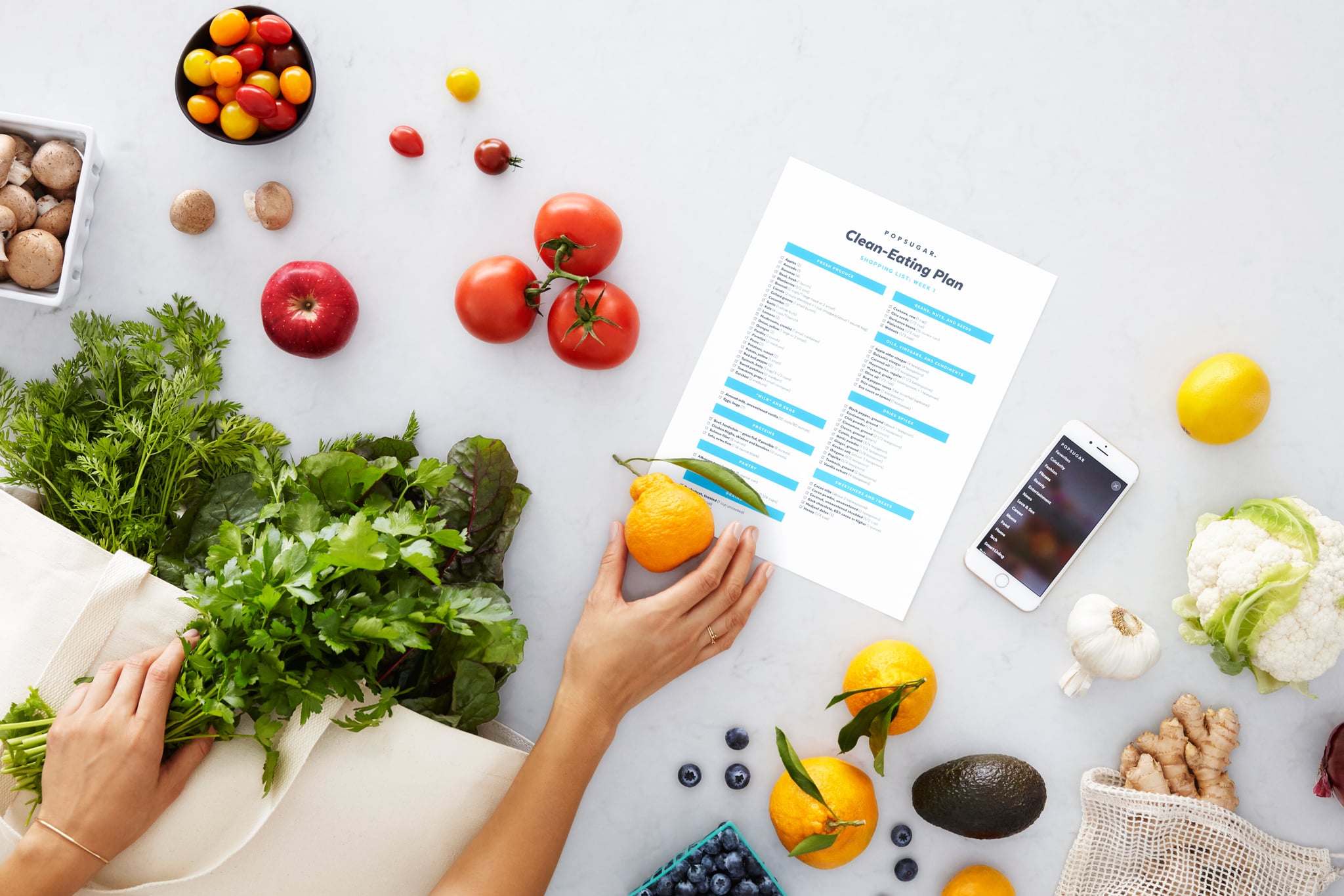
Kicking off the new year with a new diet? Don't fall into a cookie-cutter program that isn't custom-tailored to your habits and your body's needs! Cooking Project [1] cofounder and certified health coach Sasha Bernstein shared these five steps for determining exactly how to create your personalized plan and eat the right foods for your very own diet.
Step 1: Rule Out Allergies
Before anything else, figure out what parts of your current diet could be causing grief or physical woes. "Have you ever done an elimination test to see whether you have sensitivities?" Sasha questioned. "Common allergens can create symptoms that range from headaches to an upset stomach [3] to far worse," she said.
If you don't have a doctor on hand to help you evaluate your allergies, try eliminating certain groups for a few weeks at a time and journaling about how your body feels and responds to the change. "The most common foods to trigger us are dairy [5], eggs, nuts, wheat, and soy," she said. "Some people are sensitive to shellfish and certain fruit, too, but those are less common."
"If you've been feeling off for a while, try eliminating all of the top five for at two weeks to 21 days," she suggested, "Then slowly reintroduce one at a time at least four to five days apart to see if anything triggers a reaction. There are many diet guidelines you can follow online, but everyone's body will work a little differently."
Step 2: Identify Consistent Cravings
While you're in the process of determining your potential allergies or dietary sensitivities, consider reflecting on what you crave most often. Are you always reaching for cheese or dreaming about french fries? Maybe you crave bread. "Cravings can be a good sign of what your body needs [7]," said Sasha. But that doesn't mean you should always give into your cravings!
"Try to preempt the body's request with giving it the nutrients it needs in a healthful and preventative way," she said. "If it's sweets that you're craving, try looking to fruit and naturally sweet spices like cinnamon [9] to give your body what it needs before you feel out of control." She noted that some cravings can indicate a nutrient you need more of. "If it's meat, you might need protein or iron — get yourself a grass-fed burger! If that's not your thing, try a spinach omelet. Craving french fries? Get salt; find this through nutrient-forward sources like seaweed, celery, and miso before heading to the drive-through."
Step 3: Evaluate Your Emotional Use of Food
Are you using food as a reward? Do you have a healthy balance with your reward system? While it's great to treat yourself to a cookie after a good (or bad!) day (Sasha herself even says that "special occasions are best with good food"), it's typically a good idea to separate food from your regular, frequent rewards — it can lead to an avalanche effect and possibly unwanted weight gain.
"Allow yourself what your body wants regardless of whether you PR'ed in Spin that day," said Sasha. "Likewise, give yourself nonfood rewards for knocking it out the park with your workout. That doesn't mean skimp on your recharge meal [11]!"
Understanding your habits and your approach to food can help you better tailor your personalized diet program. Can you easily find self-control around treat foods, or is the term "willpower" something you read in a book once but have never experienced? Knowing this, too, will help you determine what kinds of "treats" should be incorporated into your diet and when you should eat them.
Step 4: Examine Your Heritage
"What food did you grow up on? What did your grandparents cook?" Sasha suggests using this tactic for more reasons than just physiological. "Connecting with your heritage might fill you up in ways that are more strengthening than anything else!"
"Certain culinary traditions run through our veins and can feed us in unique ways," she said. "Have you wondered why certain cultures rely heavily on carbs (or fats or protein) while others would not process that diet well at all? It's genetic, to a degree."
And while it's part genetic, it's also inherently comforting and can contribute to your long-term success on your diet (think: the happier you are with your food, the more likely you are to stick with your plan). "The food our grandparents and ancestors made traditionally can feed our soul and confidence," said Sasha. "Find out more about heritage through food and connect to your roots with your diet — it can feel really good."
Step 5: Create Meals For Your Activities and the Season
Sasha's holistic approach with coaching clients includes eating based on your environment and your current activities. "Intentionally choosing foods that fit our environment makes us feel in harmony," she said. "When it's hot, we go light, and during the Winter, we get cozy — that's real!"
"Similarly, when we sweat, we replenish," she said. Do you have an intense workout schedule? Consider your best source of hydration and electrolytes (Sasha suggested coconut water). "If you're someone who works out a lot, you need to eat more than your more-average peers."
Your caloric and macro intake will vary [15] based on your height and weight, exercise level, metabolism, and your physiological makeup, so don't try to match yours to someone else's, and make sure you're taking notes on what you're eating to figure out the dietary sweet spot for your body.






